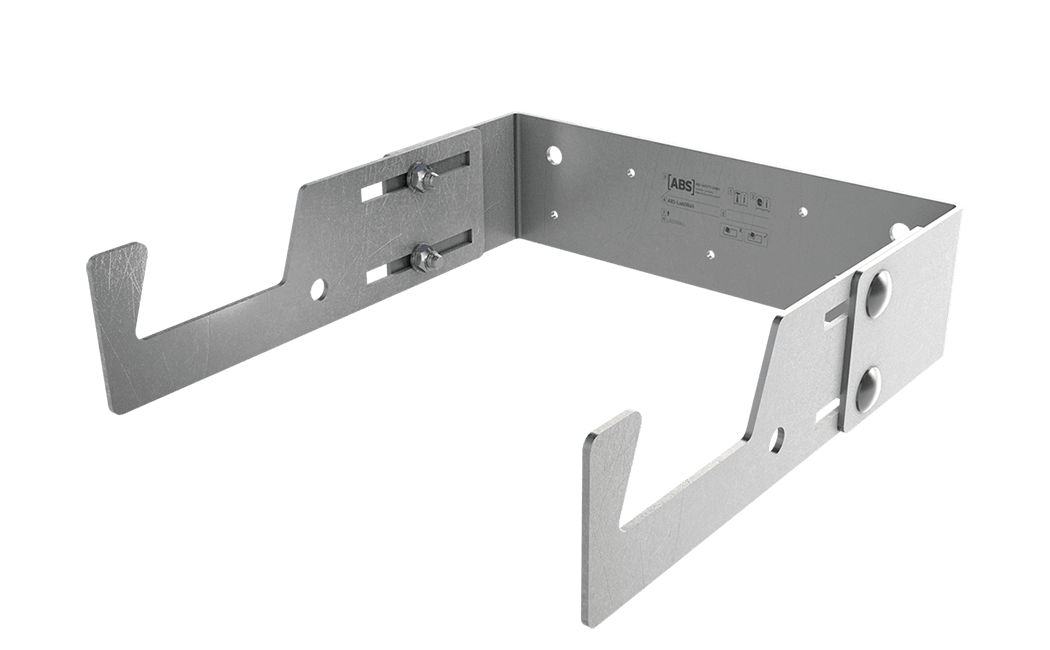Access Technology
Ladder Safety Devices
A range of accessories has been specially designed to prevent ladders from slipping and tipping over, thus increasing their stability.
Ladder Feet
To prevent your ladder from slipping on a soft and/or damp surface, you can put special ladder feet on the bottom of the shafts. These are then pushed into the ground.
Stabiliser Bars
You can reduce the probability of your ladder tipping sideways by increasing its footing using a special stabiliser bar. The minimum width of such a stabiliser bar depends on the length and width of your ladder and is specified in the respective standards.
Ladder Levellers
In order to be able to set up a ladder on steps or in situations where the floor level varies, you can use a ladder leveller on one side to compensate for the difference in height. This ensures that your ladder remains perfectly upright despite standing on an uneven surface.
Mast Claws
The normal design of the shafts and rungs of a ladder means that it cannot be leant safely against a circular structure, such as a mast. However, mast claws are available which allow you to do just that. These are attached to the upper end of the ladder shafts. The round design of the mast claw prevents your ladder from slipping sideways or tipping over.
Ladder Hooks / Devices to Secure the Top of Your Ladder
Ladder hooks and devices designed to secure the top of your ladder can either be attached to the ladder and then hooked onto the structure (e.g. a gutter) or, alternatively, they can be installed on the structure or building itself and then used to hook up your ladder. Such ladder hooks prevent your ladder from slipping or tipping over sideways. The danger of the ladder slipping or tipping over is particularly high when you climb off to access a surface higher up or when you climb back onto it.




